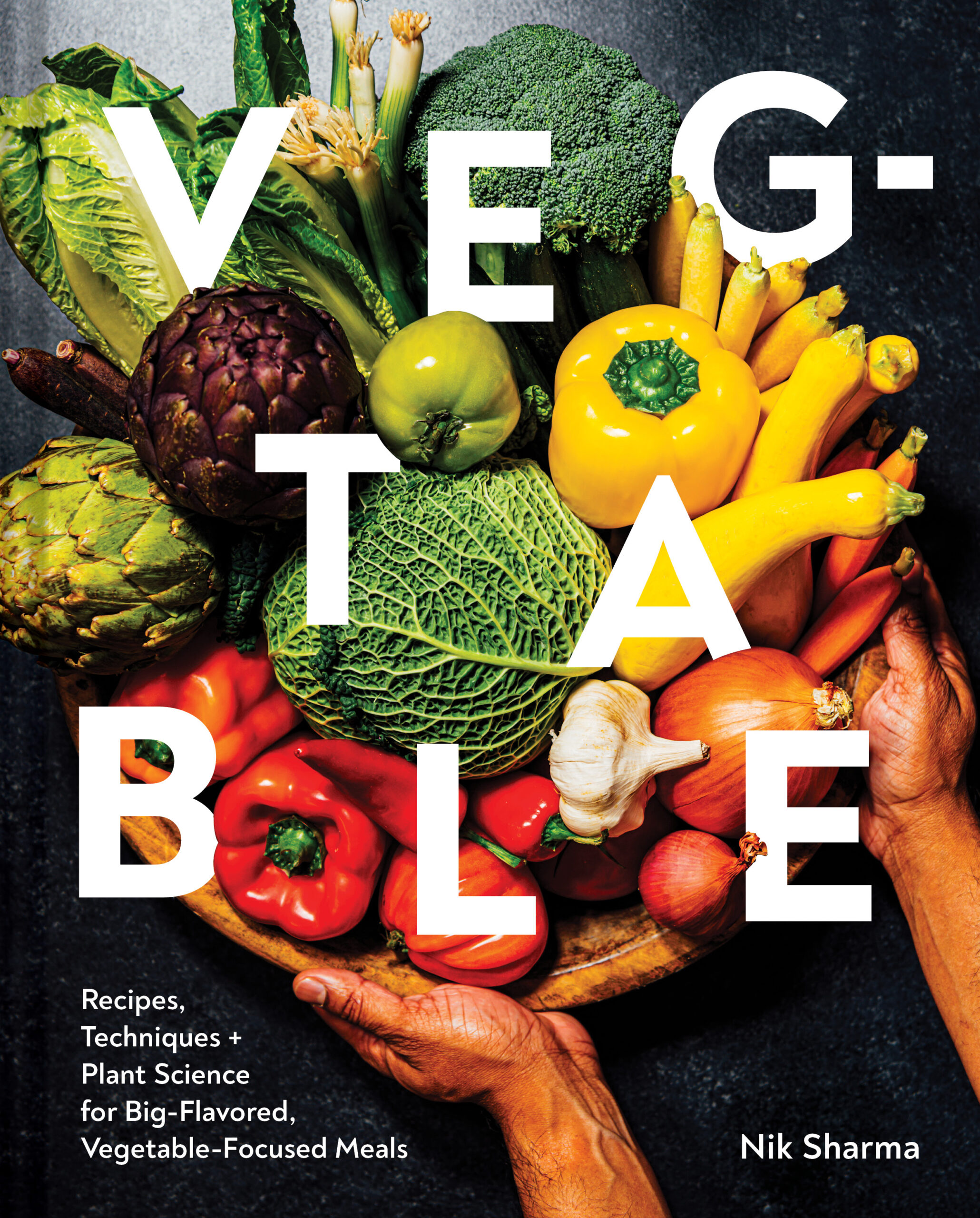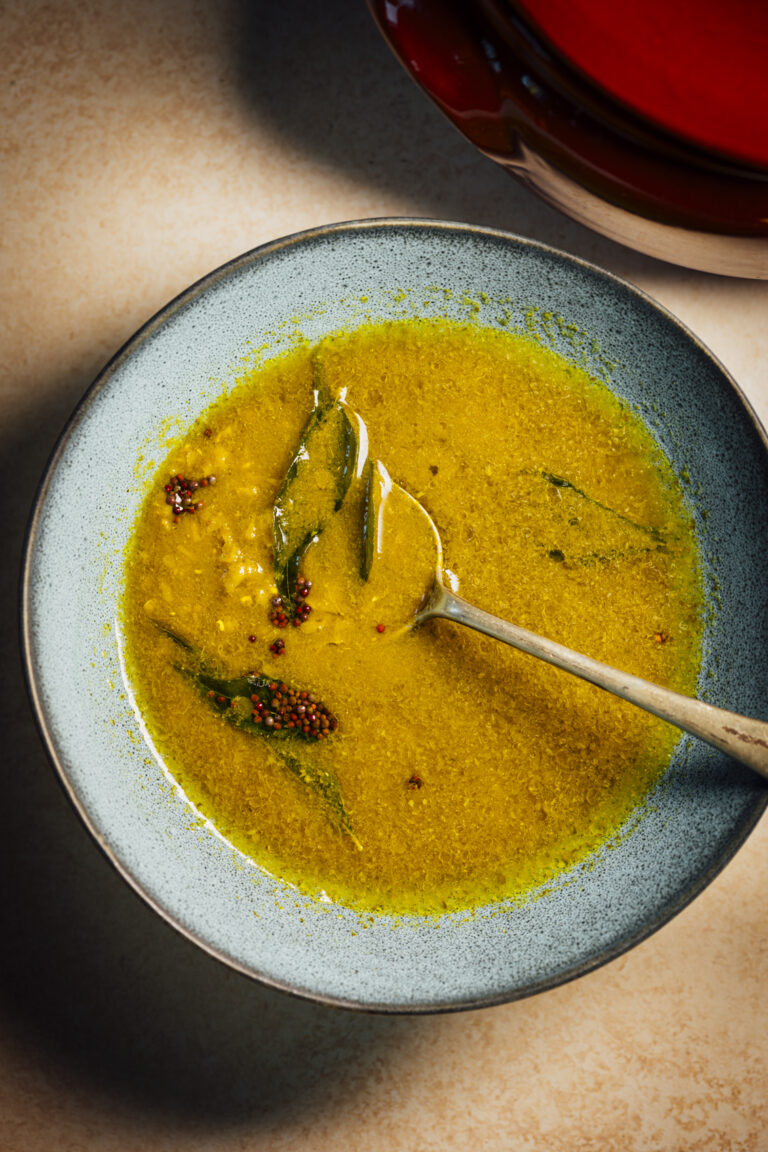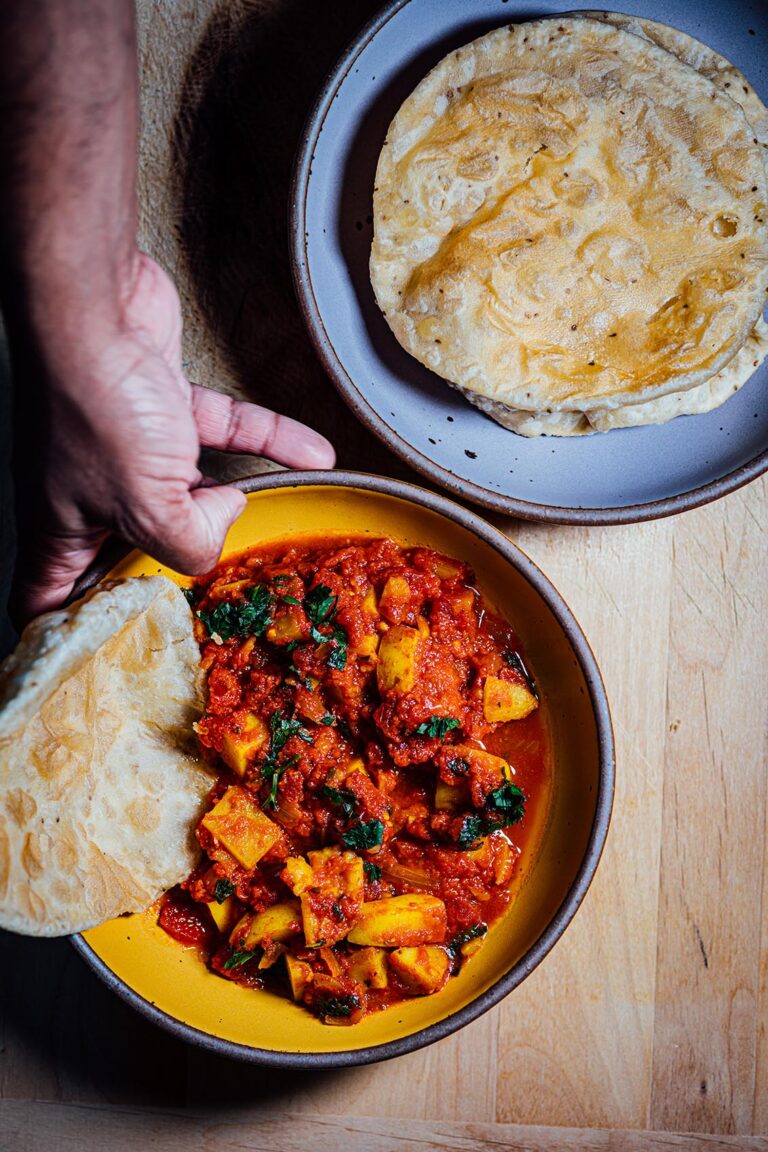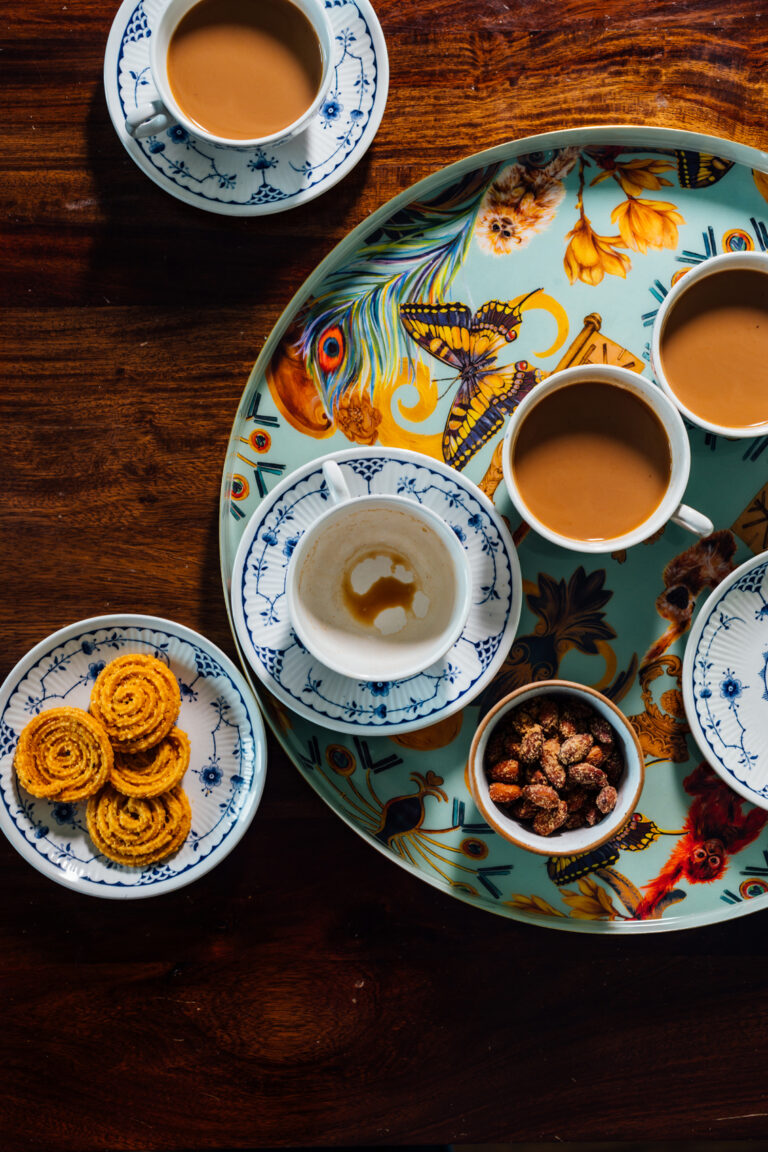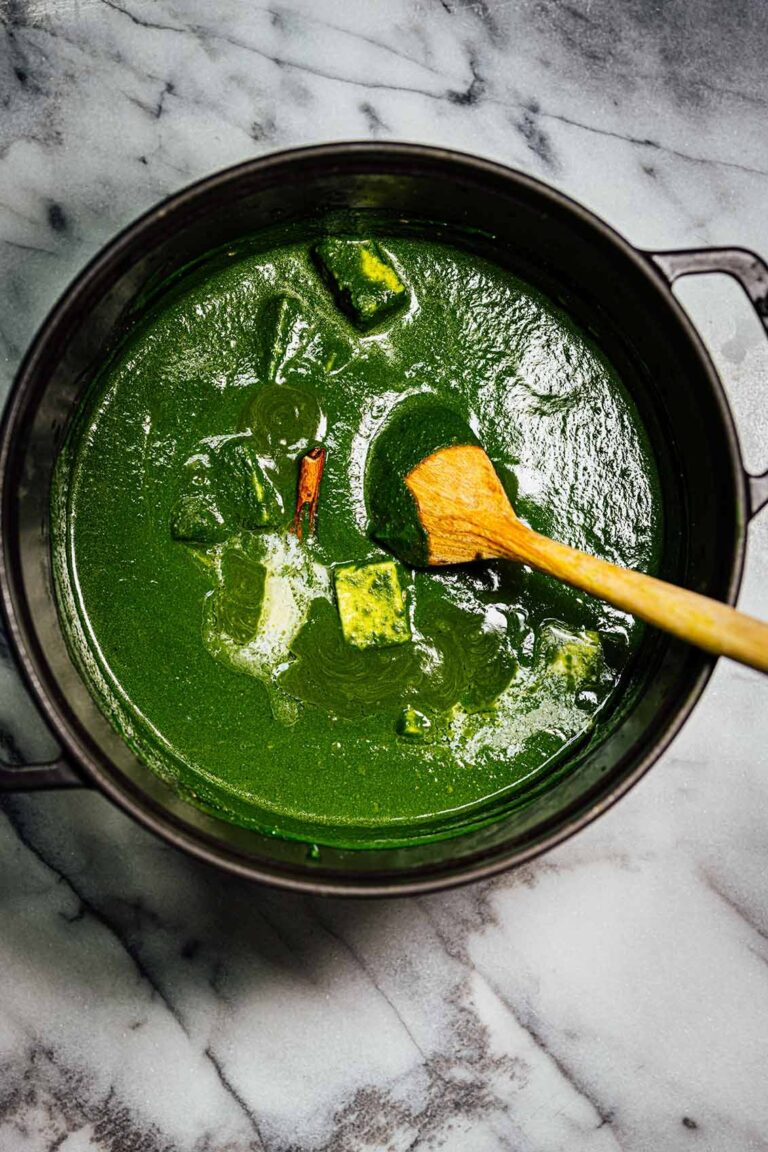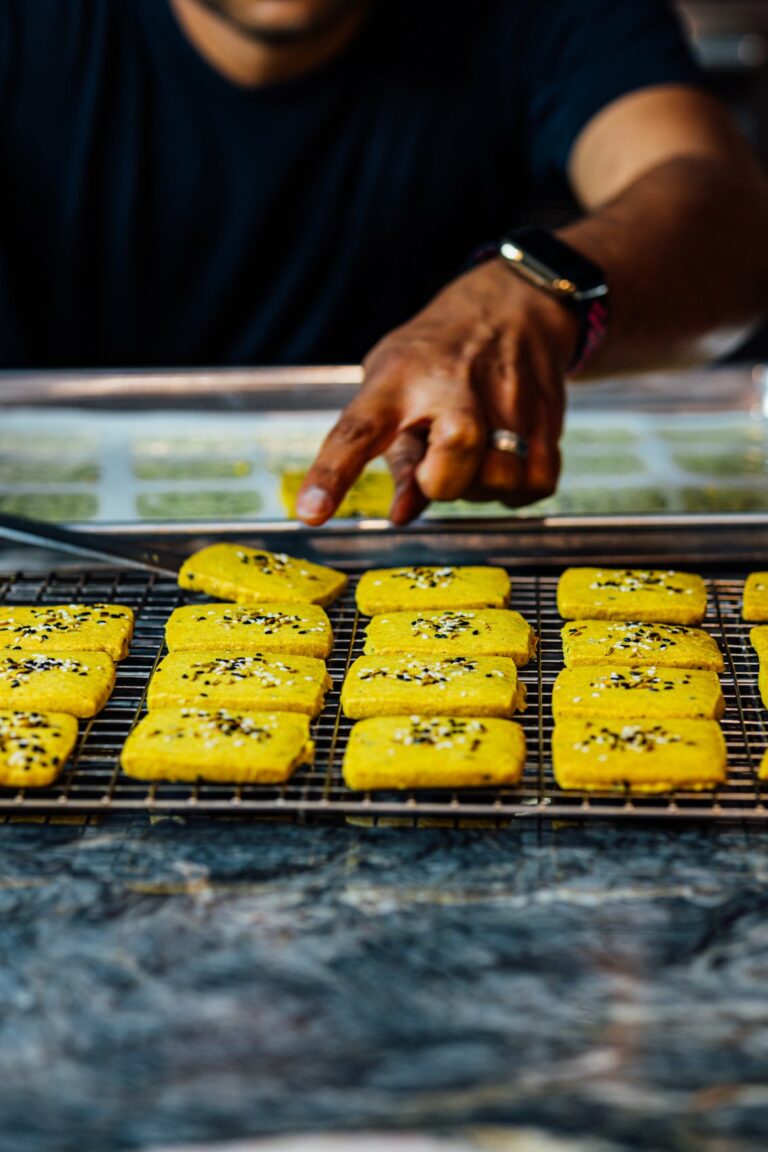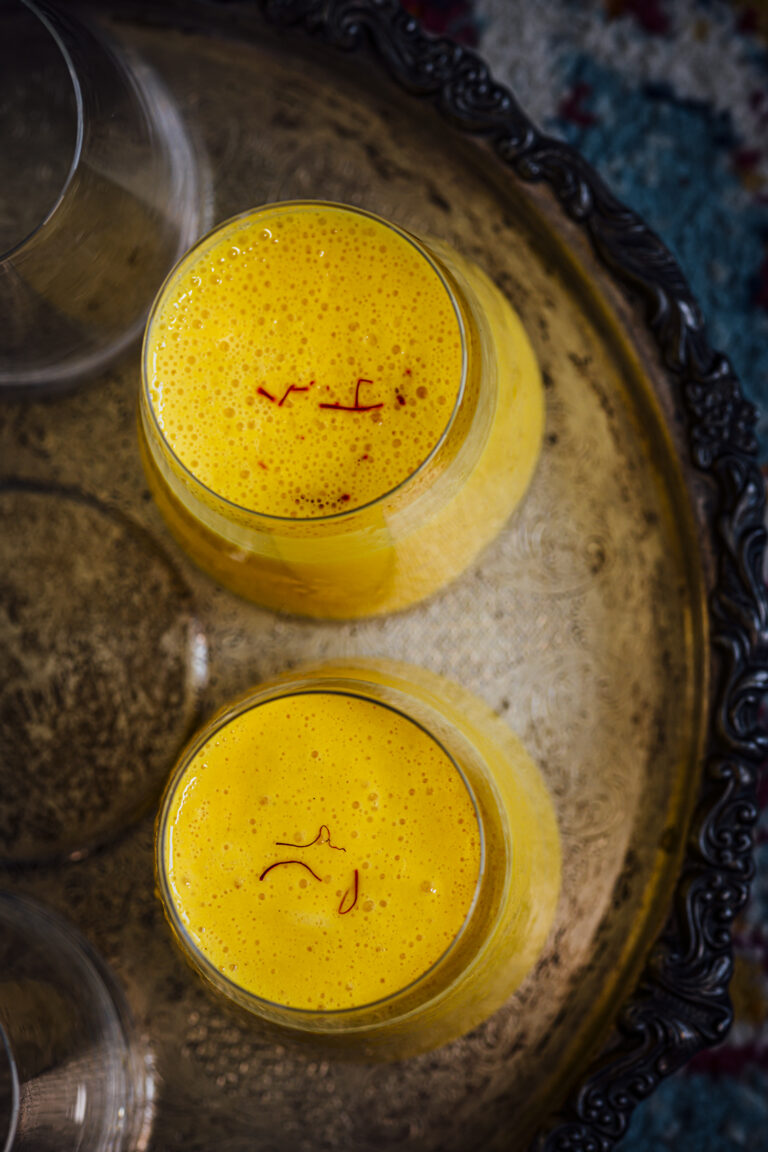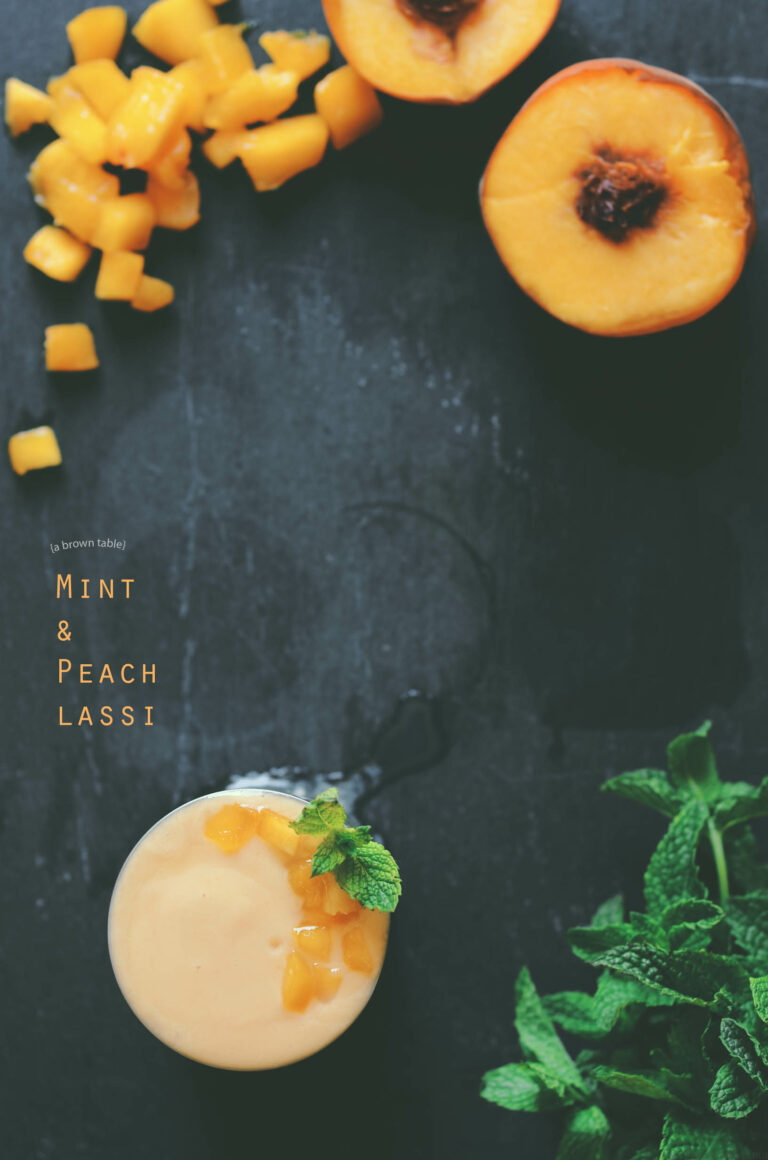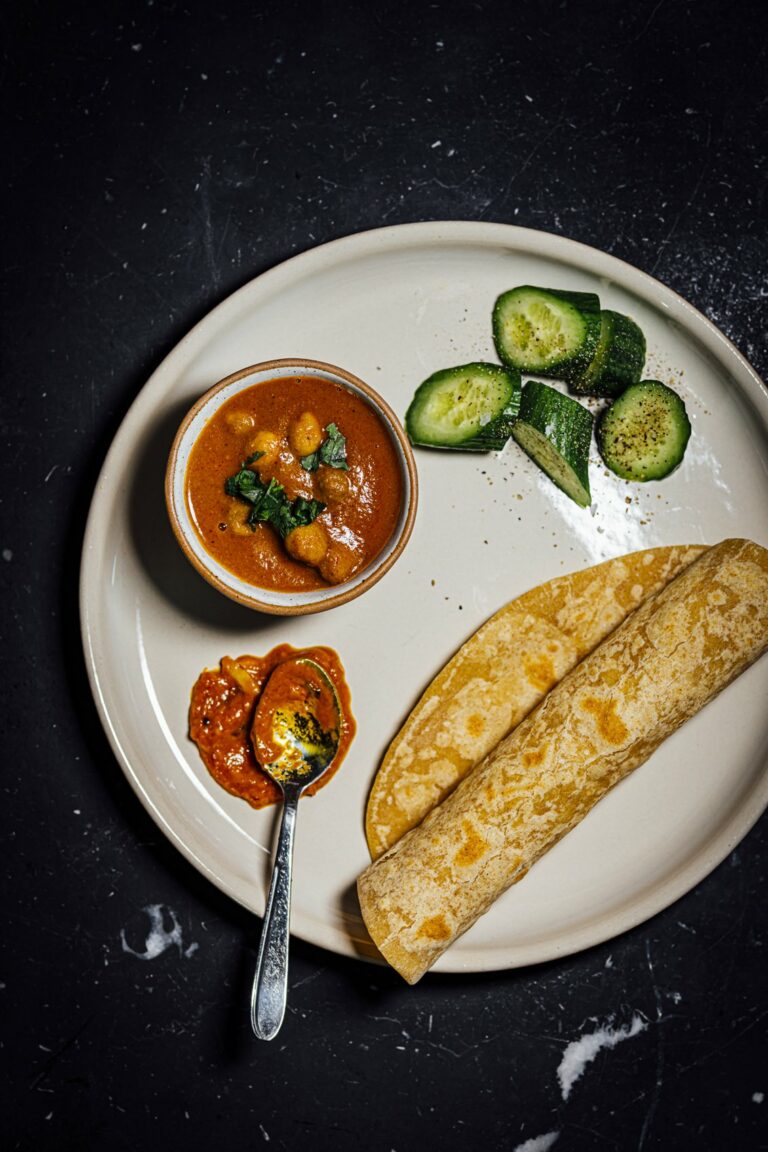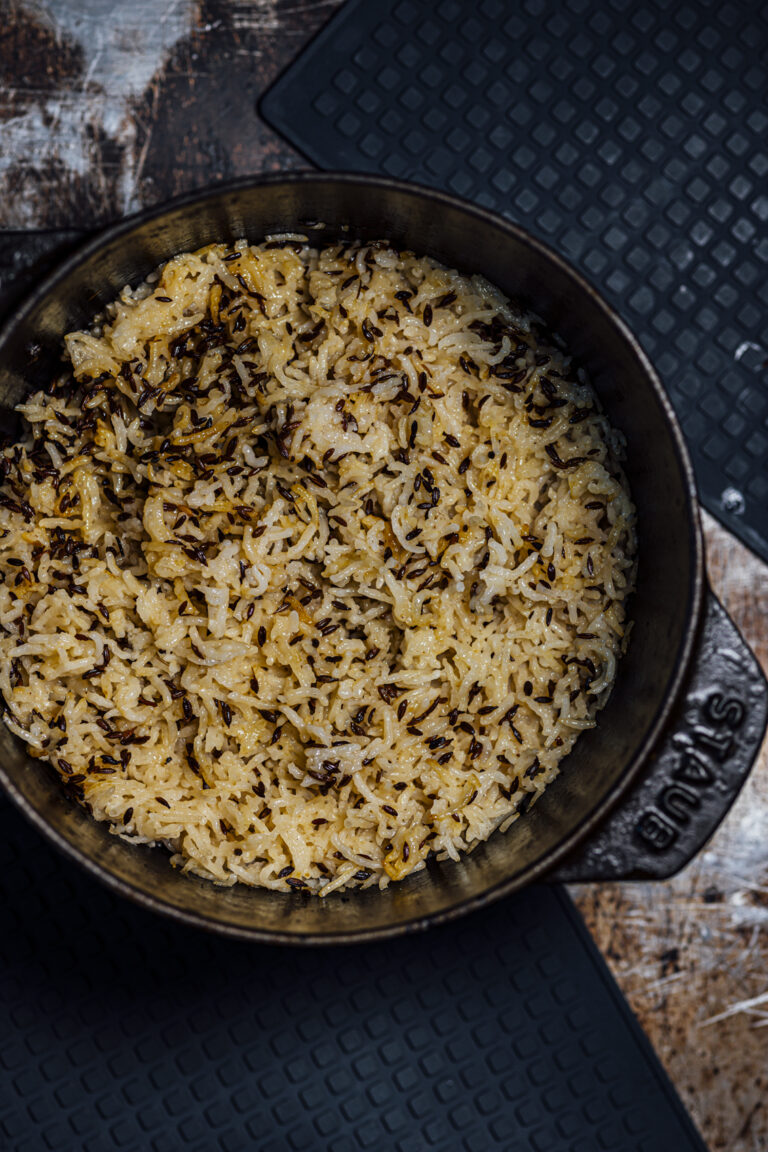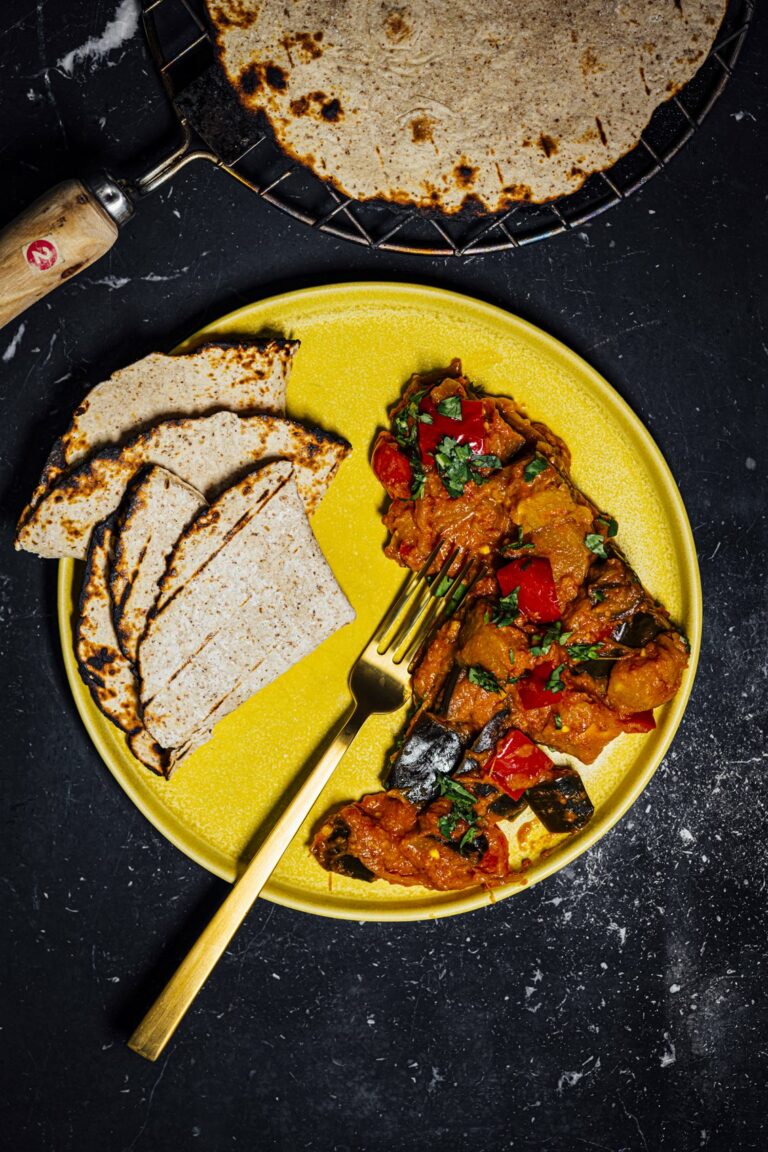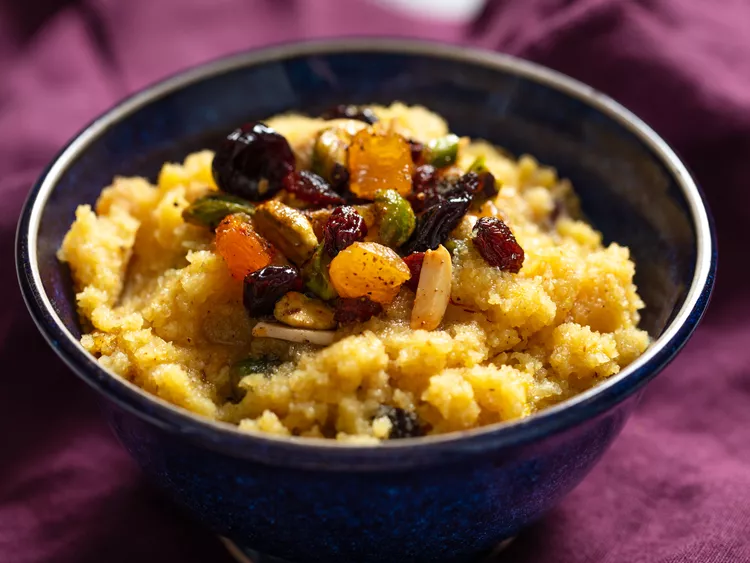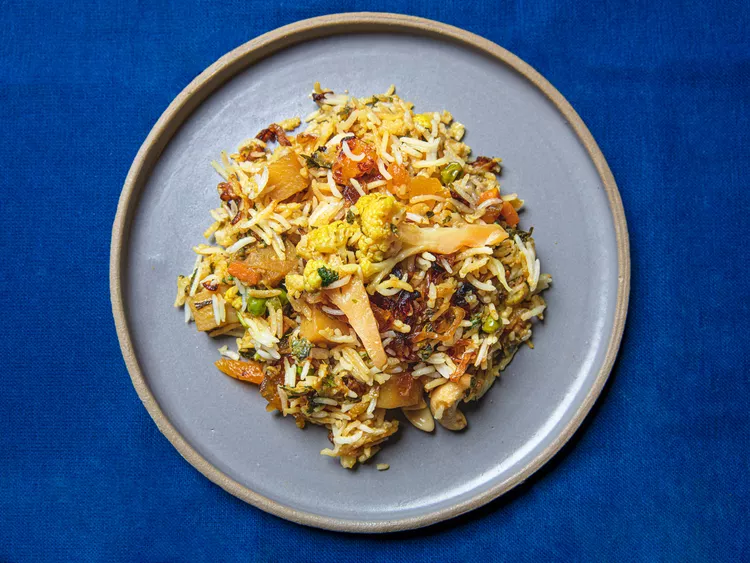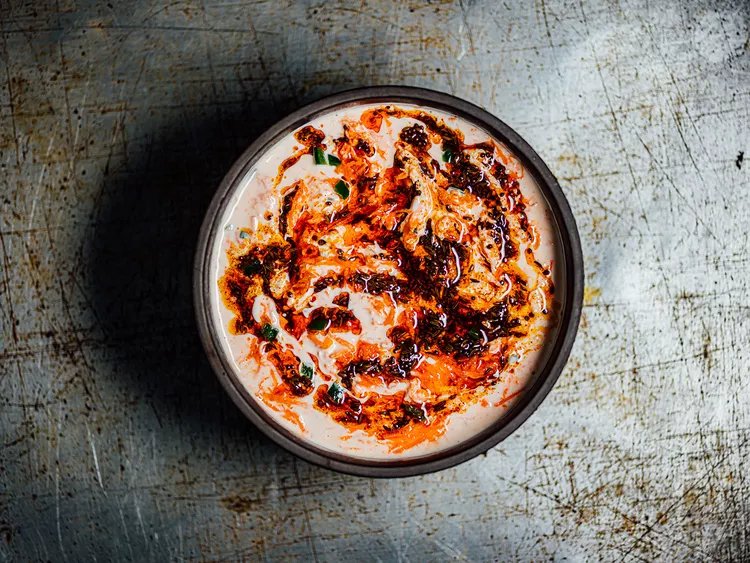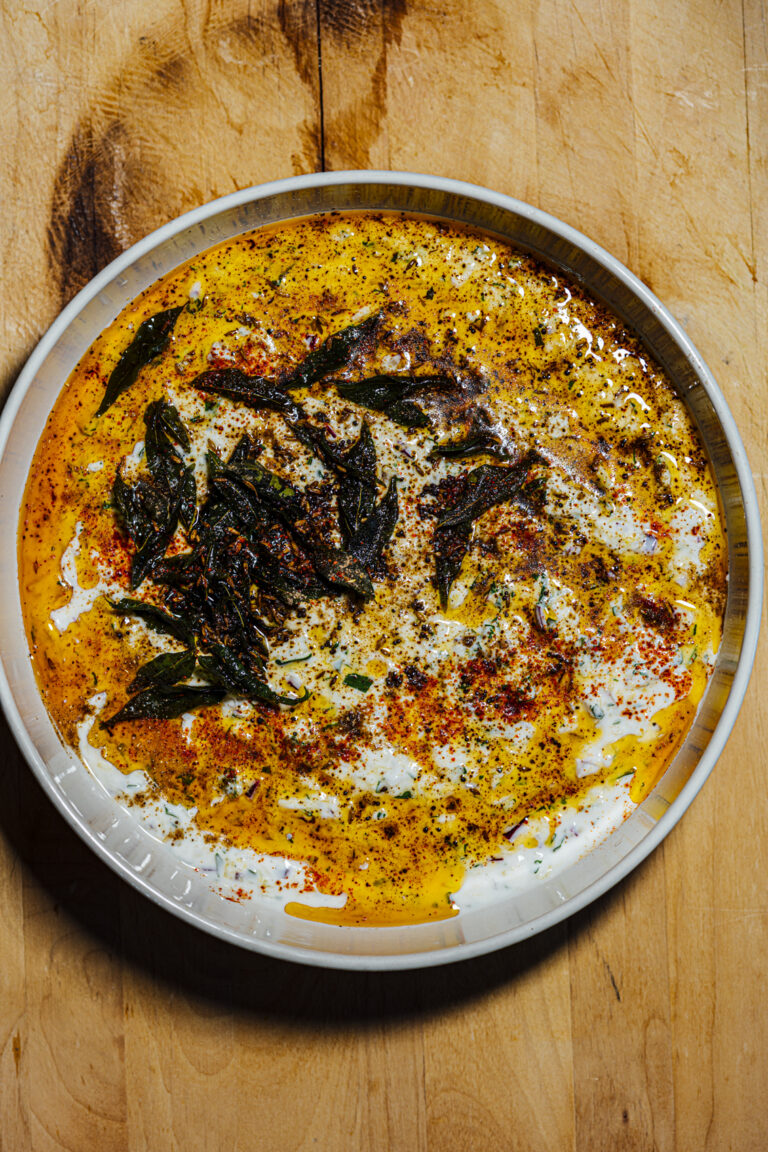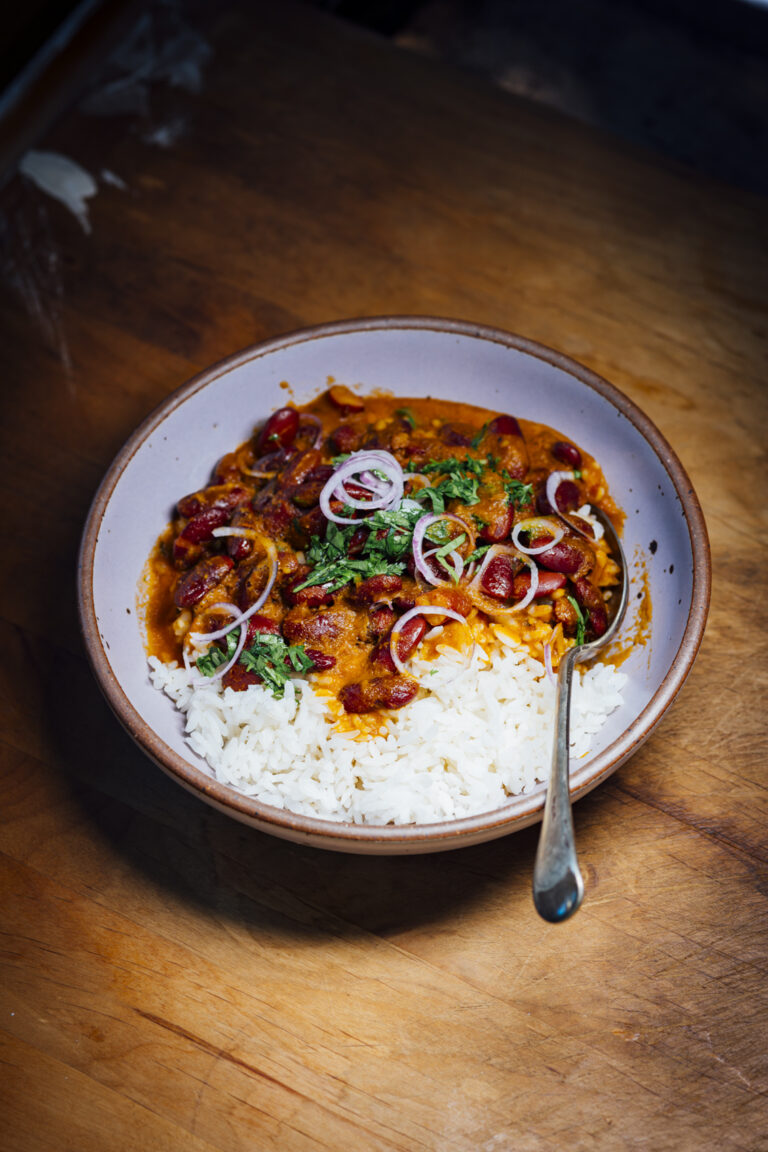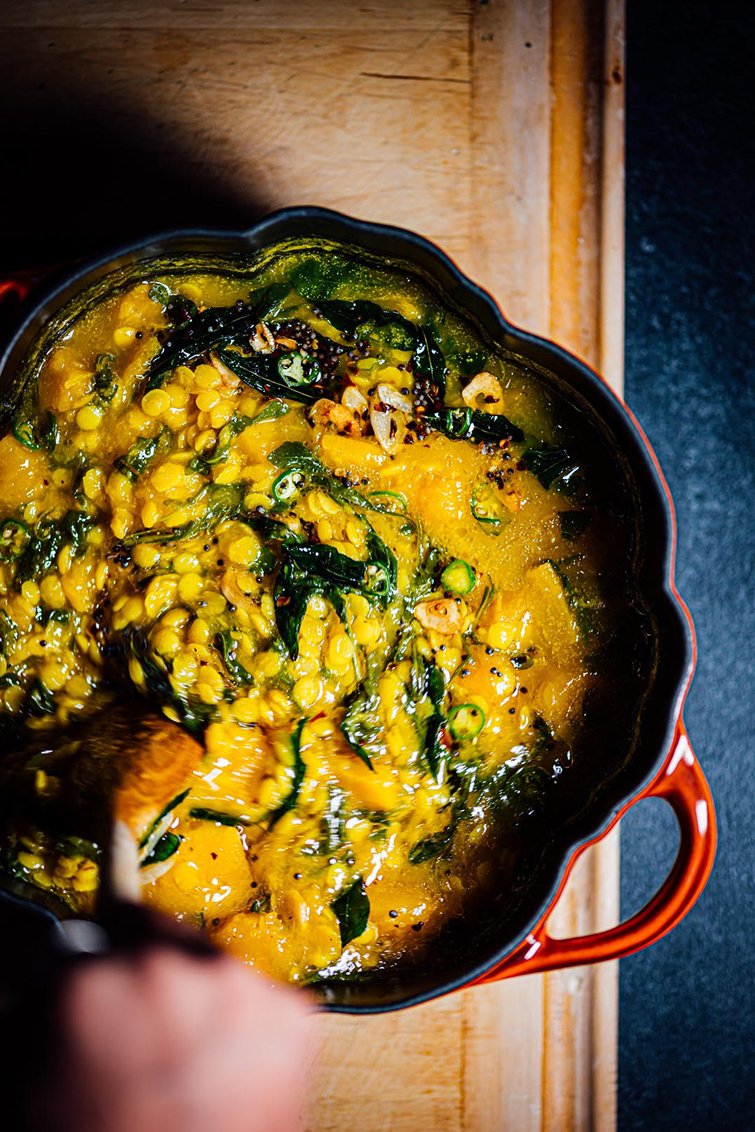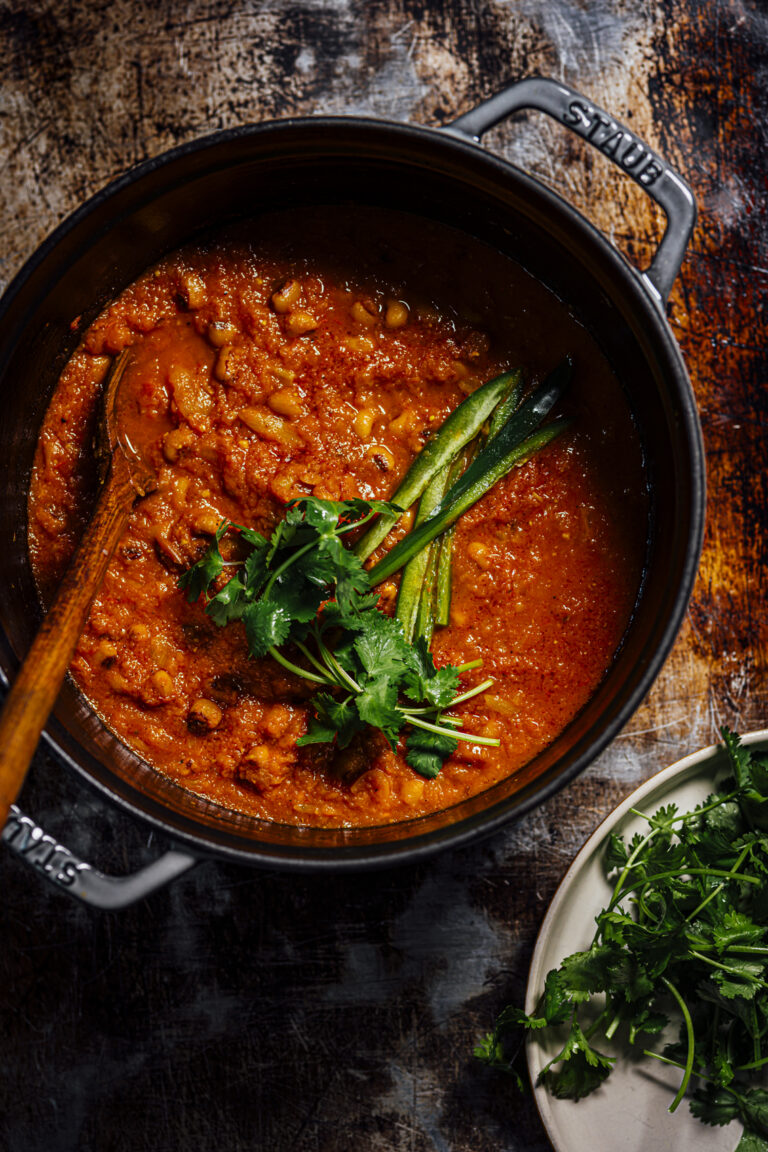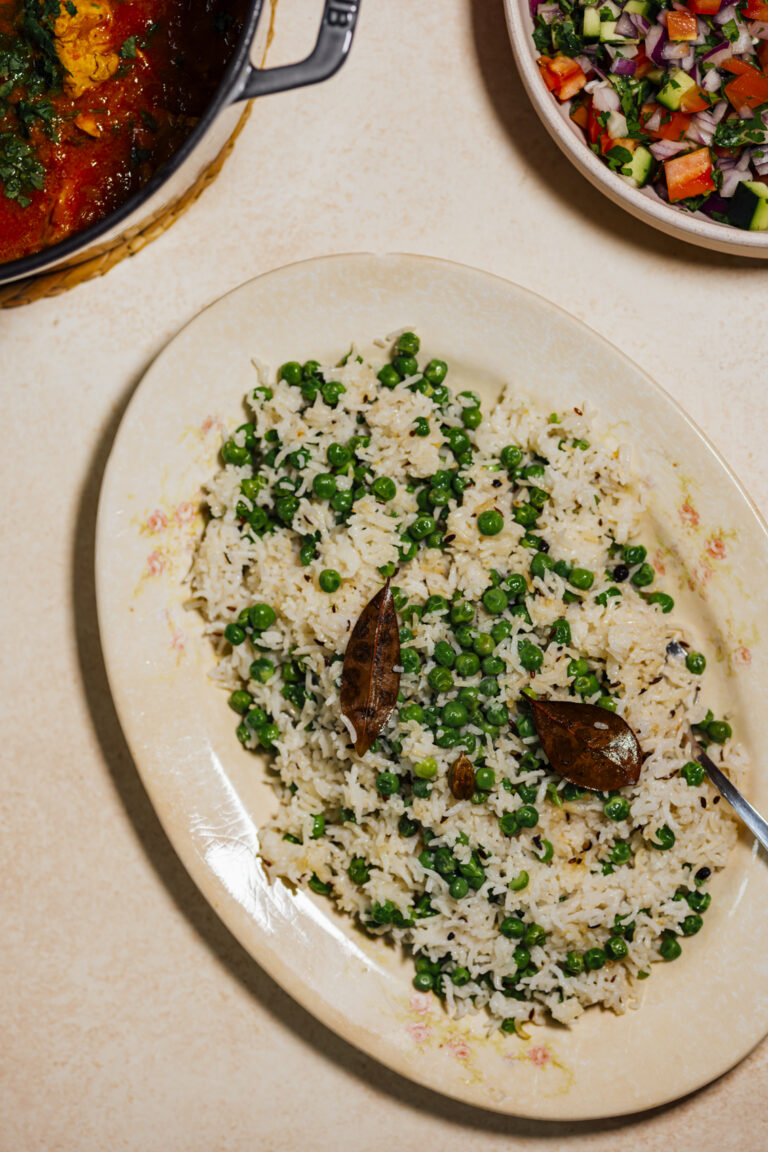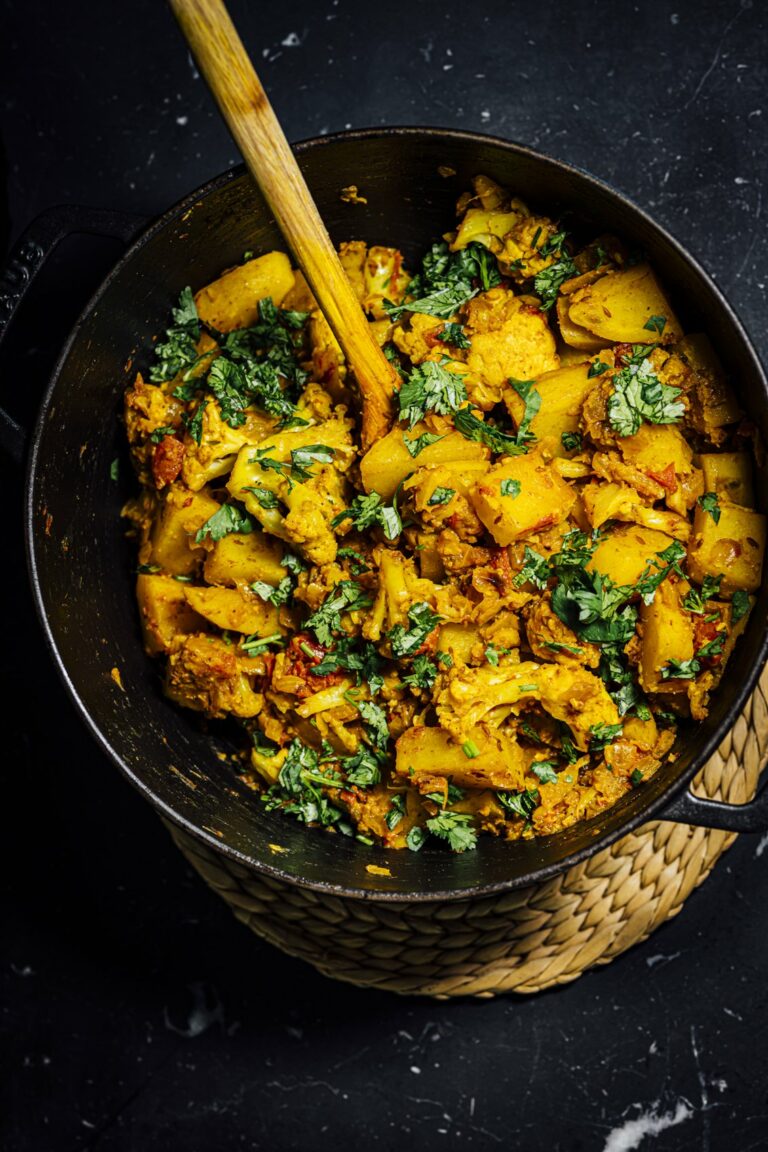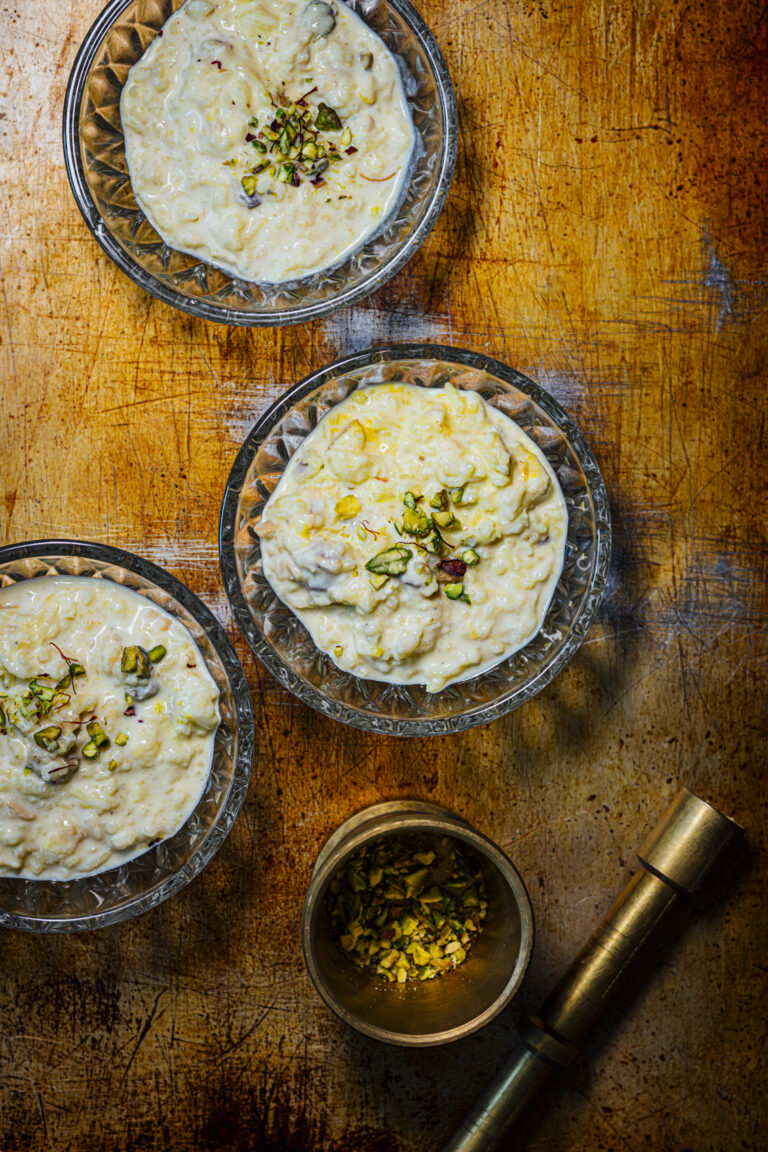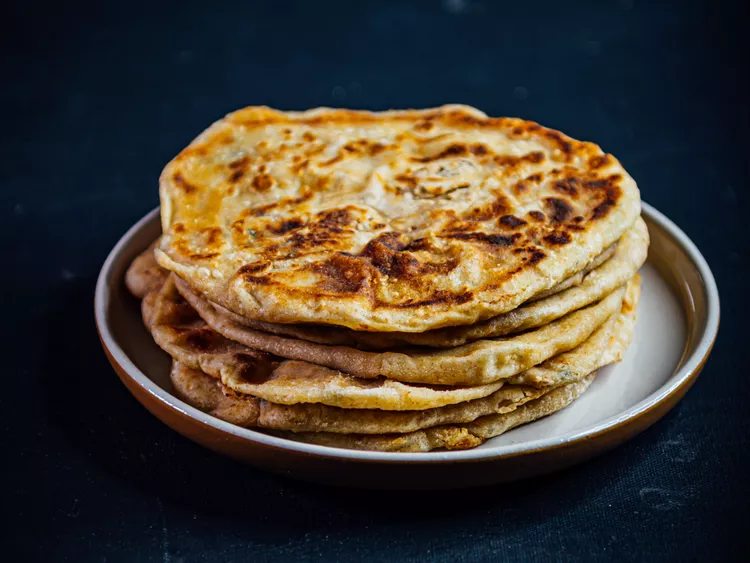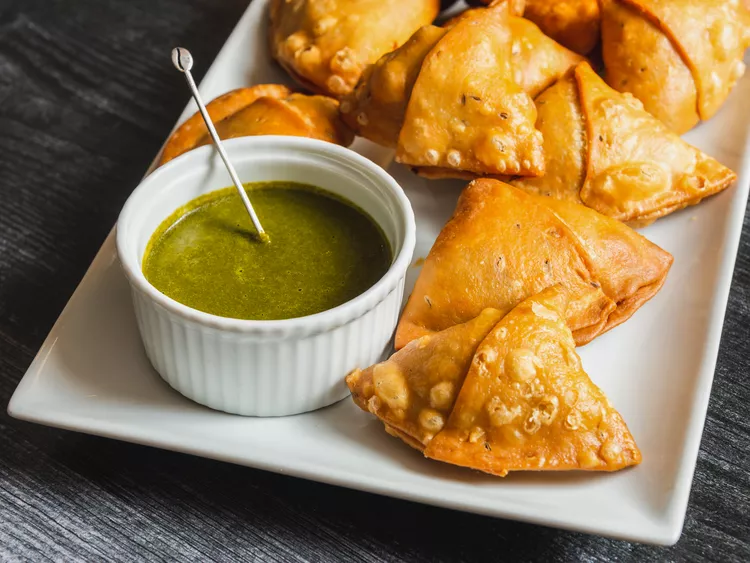Diwali, the Festival of Lights, is a time for joy, family gatherings, and delicious feasts! As homes glow with vibrant diyas and the air fills with the sweet aroma of traditional treats, there’s no better way to celebrate than indulging in the rich and flavorful dishes that make Diwali so special. Whether you’re hosting a grand feast or looking for easy Diwali snacks to share with friends and family, my Diwali recipe collection with over 40 plus recipes has something for everyone! From crispy samosas and savory chaat to indulgent sweets like gulab jamun and kaju katli, these recipes are perfect for creating unforgettable festive moments. Let’s light up your kitchen and celebrate Diwali with delicious homemade creations!
coconut chutney/thengai
Just like dosas, there are a variety of coconut chutneys (as well as other accompaniments and condiments) with a thousand variations that might differ in how they’re made and the ingredients. This is a version I make at home, called thengai chutney (I take a few liberties with it and traditionalists might scoff a little but it works well). You will need fresh or frozen unsweetened coconut (Indian stores carry them in the frozen section) to prepare it, desiccated coconut (even when reconstituted with hot water) never gives the same pleasant mouthfeel.
The Perfect Dosa
With flour being a hard to find commodity right now, this is rice’s moment. Dosas can be eaten traditionally with sambhar and condiments like coconut chutney, etc. I will update this post with recipes for them later this week but I want to make sure you don’t tie yourself to thinking it must be eaten with only these dishes. Dosas are versatile, they’re a vehicle and you can and should eat them as you would any savory bread, flatbread, or rice. (This is the updated version to my previous dosa posts, now that I have a lot more experience making it at home, I felt it was time to revisit and update. hence the dosa 2020
Sambar, How to Make South Indian Sambar
Sambar is one of the quintessential stews in South Indian cuisine, eaten with foods like dosas, idlis, or plain rice. One of the reasons I love this aromatic stew is that it is extremely versatile; you can add almost any type of vegetable to it. I’ve also eaten versions of sambar in India, where shrimp or fish are added.
On a side note, this recipe demonstrates how pH changes occur during cooking using turmeric. Watch how the color will switch from yellow to red and then back to yellow during cooking. Curcumin, the pigment in turmeric, is sensitive to changes in pH and turns red in alkaline environments, which the baking soda provides.
green goddess rassam
Okay, it doesn’t look green, nor is this an “authentic” rassam recipe. However, this recipe is inspired by both the original Green Goddess recipe of the San Francisco hotel, The Palace, and the rassam recipes of Southern India. This is a wonderfully light dish to serve and celebrate the rich fragrance of fresh herbs. Rassams are meant to be hot and spicy, the quantity of black pepper isn’t an error, and neither is the addition of the green chilli. Serve with plain steamed rice to enjoy. Crushed tortilla chips and crispy fried onions also work great as a garnish in a pinch.
Bombay Lemonade/Nimbu Paani/Shikanji
Nimbu Paani, Shikanji, or, as I like to call it, Bombay Lemonade, is one of my favorite summer drinks. Typically made with green limes in India, it’s also a spectacular drink with lemons (try Meyer lemons in the recipe for a different aroma). Sweet and sour with a smoky, spicy, and citrusy flavor will quench your summer thirst and keep you coming back for more.
The Flavor Equation: Roasted Cauliflower and Turmeric Kefir
This week, it’s all about the role Sight plays in The Flavor Equation and this recipe let’s you test some of those principles in your kitchen. Pay attention to the different colors and how they come together in this dish. Watch how the oil takes on the red color of the chilli, it’s a wonderful and marvelous transformation to behold. The brilliant bright sea of turmeric creates a backdrop for the roasted cauliflower, the herbs, and the rest of the ingredients in this dish.
The Flavor Equation: Chickpea, Spinach, and Potato “Samosa Pie”
This week, I’m thrilled to share a new recipe from my book, The Flavor Equation, my “Samosa Pie”. Don’t forget to enter the GIVEAWAY to win a year’s worth supply of California Olive Ranch’s olive oil. Good luck!
Milk Pistachio Cookies
These delightful cookies are perfect with hot tea or coffee. In India, pistachios and milk are a common combination in many desserts like pedas (a type of milk fudge) and and to play off that theme, I’ve created these cookies that use milk powder and bright green pistachios. The cookies aren’t completely soft, they’re crisp on the edges and tender in the center, combined with the texture of the baked pistachios, it feels much nicer on the palette.
Potatoes in Tomato Gravy with Pooris
While there are several different dishes to choose for Diwali, I knew I must share a family favorite and a classic combination in Indian cuisine, pooris with aloo tamatar sabzi. Pooris (aka puris) are a fried whole-wheat flatbread that contains carom seeds that leaves behind a mild camphorous fragrance and also helps with digestion. Pooris are easy to make and are easily paired with almost any curry, vegetable, yogurt, and even a spiced sweet mango dish called aamras. But today, I’m serving it with potatoes cooked in a rich and tangy tomato gravy (aloo tamatar sabzi is just one name that it goes by). I prefer it a little thicker and the consistency of the gravy is built through the starch from the potatoes and canned tomatoes. Yup, crushed canned tomatoes make this dish!
Shahi Tukda Bread Pudding
This version of bread pudding was inspired by an Indian dessert called shahi tukda, aka the royal morsel that arose in the kitchens of the Moghul Empire, and it might owe its origin to the Egyptian desert, Um Ali. At its very essence, shahi tukda is a simple yet elegant way to use up bread, just like people make bread pudding in the West. In the original recipe for shahi tukda, pieces of bread are fried in ghee and then served with a spiced concoction of sweetened milk (a lot of people like to use condensed milk), dried fruit, and nuts. Shahi tukda gets its aroma from the ghee, the ground green cardamom, saffron, and rose water.
How to Make Masala Chai
Daily, I drink more tea than coffee. I find it easier to take a break from coffee than tea, and more than coffee, tea is the drink that keeps me up. The ritual of drinking tea occupies a unique role in Indian culture, and the numerous tea stalls or tapris adorning the streets in India
The Best Palak Paneer/Saag Paneer And A Guide to Paneer
A bowl of warm Palak Paneer over rice or served with warm buttery naan or roti is Indian comfort at its best. I prefer the paneer straight up but if you like it fried, pan-fry them in a little oil and toss them in the sauce.
Spiced Golden Shortbread Cookies
These shortbread cookies are buttery and crisp, will melt in your mouth, and they’re inspired by the different spiced cookies baked and served in India during teatime. Turmeric gives them a burst of golden sunshinelike tint, while the addition of spices gives them an irresistible fragrance. I’ve also added sesame and fennel seeds for a little crunch and nutty flavor.
Kaju Katli/Cashew Fudge
One of my favorite Indian sweets is kaju katli, kaju burfi, or cashew fudge which carries a mild sweet scent of rose water and cardamom. This is a dessert that is served on special occasions at Hindu festivals like Diwali. Cashews are ground to fine grainy powder very similar to the texture of fine-grade semolina and then cooked in sugar syrup and a little ghee.
Mango Lassi
One of the most refreshing drinks to order at Indian restaurants, mango lassis are creamy, smooth, and full of fruity goodness. It’s also really simple and relies on the quality of your ingredients, so look for good mangoes, preferably Indian, like the Alphonso or Kesars (fresh ones are sold in Indian stores from April to May, while canned ones will be available year-round). I prefer the consistency to be less thick but if you want it thicker add more mango or yogurt.
peach and mint lassi
Ripe yellow peaches are the star of this lassi. Fresh mint completes this drink. Enjoy this lassi on a hot summer day with plenty of ice and stay cool.
Soft Rotis
For once, I couldn’t come up with a good name for this roti – egg and yogurt roti sounded terrible. Rotis are Indian flatbreads, they contain no leaveners, and are usually made from some type of flour, water, and salt. My mother often adds milk or yogurt to make the roti even softer. Yogurt along with eggs and yeast are used to make naan and it contributes to a soft, airy, and lighter texture. How do dairy and eggs make softer breads? The proteins, fats, and lipids from the dairy and yogurt coat the proteins in the flour and in turn make the texture of the flatbread tender and soft. Building on that idea, I’ve made an extremely soft roti that uses a combination of eggs and yogurt to achieve that texture. These are great for everyday eating, and I love using them to make kathi rolls.
Cumin Rice/Jeera Pulao
This is one of the simplest Indian pulaos to make, and even though it uses only two spices for aroma, it is remarkably flavorful. Cumin and freshly ground black pepper amplify the flavor of the basmati rice. Serve this pulao with any Indian dish, like the butter chicken, dal, or saag paneer.
Bhaturae
As promised here is my recipe for bhaturas that must be eaten with the chole. Bhaturas are a type of leavened deep-fried bread that are made using baking powder and yogurt. The yogurt not only helps with the softer texture and fermentation but it also leaves a delicious tangy edge which makes this bread a pure delight to eat.
Chole/Punjabi Chole
Chole or Punjabi chole (this dish is from the Northern State of Punjab in India) is comfort food – the texture, the temperature, and the flavors. Breakfast, lunch, brunch, or dinner, the time of the day has never dictated my consumption of this delicious chickpea stew/curry served with freshly fried bread called bhaturas (recipe coming later this week). My mother learned to make this dish from a family friend (who are Punjabi) and as one can expect over time this recipe’s been tweaked to suit our tastes.
Chana Masala (Dry Version)
This is a very simple recipe that I use at home to make channa masala. There are no potatoes or tomatoes in this version. Unlike the more common version where chickpeas sit in a broth, this channa masala is served “dry”. Spices give this dish its character. I use an electric pressure cooker to cook the chickpeas quickly but you can do this without, it will take a little longer so keep any eye on the texture of the chickpea. Canned chickpeas can also be used here which will eliminate the cooking step. Plain yogurt is my favorite choice of accompaniment with this dish and parathas or plain rice.
Kadai Eggplant
Kadai eggplant is a quick and simple, satisfying vegetarian dish. The eggplant is cooked in a tomato-based gravy, and it takes on a wonderful ethereal aroma from coriander and cardamom and lightly caramelized onions. I serve it with warm rice or some flatbread like roti, paratha, or tortillas (yeah, if I don’t have any Indian flatbreads at home, I’ll opt for flour tortillas). Kadai eggplant can also be made with the baby or Japanese eggplant varieties, slice them across their length before using.
Indian Semolina Halwa
Halva (sometimes spelled halwa) refers to a large family of Indian desserts that can be made with a wide variety of ingredients. Halva can be made from grains like wheat (semolina and wheat flour), pulses like chickpeas and mung beans, nuts like almonds and cashews, vegetables like carrots and pumpkin, and fruits like bananas and
Vegetable Biryani
A biryani is meant to be extravagant. Brightly colored, intoxicatingly aromatic, and rich with flavor, biryani is often served at celebrations, and this is true not only of biryanis made with meat, like the lamb biryani I’ve written about previously, but also of vegetable biryanis, like the recipe below. Vegetable biryanis take far less time to
Veg-Table/Chana Masala Pumpkin Pots
Orange and black! Visually, everything about this dish screams Halloween to me and I even considered carving these little pumpkin pots into jack-o’-lanterns. In this recipe, roasted sugar pie pumpkins are filled with chana masala and then served over a bed of warm forbidden rice. For Thanksgiving or any fall dinner, this makes a delicious and seasonally spectacular entrée.
The full recipe for this dish is available in my cookbook, Veg-Table
Carrot Raita with Tadka
Raita, the yogurt-based condiment that’s often seasoned with spices and herbs and served with rice or meat dishes in a variety of Indian cuisines, is refreshing and incredibly simple to make. For this carrot version, almost all of the spices are added as part of the tadka, an infused oil, which gives the raita an
Pumpkin Raita
During the fall and winter months, I look forward to a bowl of this cooling spiced pumpkin raita. Serve it as a side with a warm stew or curry and some rice or flatbread. Make a big bowl because it disappears quickly.
Veg-Table/Royal Cauliflower Roast with Almond Cream
This is an elegant entrée based on the creamy shahi (which means “royal”) dishes of the Moghul empire. It commands attention on a swanky dinner table. Bring it out after all the guests are seated, and use your best serving platter to present it as dramatically as possible.
The full recipe for this dish is available in my cookbook, Veg-Table
Braised cabbage, cauliflower, and carrot with coconut
Nik Sharma’s braised cabbage, cauliflower and carrot with coconut Photograph: Issy Croker/The Guardian. Food styling: Sam Dixon. Prop styling: Louie Waller. This dish is inspired by foogath, a Goan dish in which cabbage and sometimes other vegetables are braised and cooked with spices, then topped with fresh coconut. In this version, the carrots bring a spot of
rajma/kidney bean stew
Rajma is Indian comfort food, and a warm, simmering pot of these red kidney beans on the stove is a treat on a cool day. I love to eat it with plain rice or a flatbread like roti, but you can eat it with naan, too. I prefer to cook the kidney beans and the sauce base separately because it makes things much easier. You can also use canned beans and make this shorter.
A Guide to Dals and a Recipe for Pumpkin Baby Kale Dal
This fall-inspired dal is hearty and filled with satisfying flavors and textures from the nuggets of chunky pumpkin and tender soft leaves of baby kale with split pigeon peas that are cooked until they fall apart. The Indian technique of tadka is applied to create the final fragrant finish. Don’t miss out on the curry leaves, you can find them at Indian grocery stores, online, and if you’re lucky grow your own plant at home!
Tater Tot Aloo Tikki Chaat
This is the cheater’s version of Aloo Tikki Chaat, borne out of cravings. Tater tots take the place of aloo tikki (spiced potato cakes) and are served with all the accompaniments that make chaat a special part of Indian cuisine.
Potato and onion tart with mint chutney
Photograph: Lizzie Mayson/The Guardian. Food styling: Tamara Vos. Prop styling: Anna Wilkins. A simple yet delightful warm potato and onion tart paired with curry leaves, the crunchy, nutty texture of mustard seeds, creamy, salty feta and a soothing herb chutney. To make this recipe, please visit my column at The Guardian.
Indian Black Eyed Pea Curry
Black eyed peas, lobia, or chowli (as they’re called in India) are comfort food; they are very popular in Indian cuisine and are prepared in many different ways. This tomato-based curry is one of my favorites because it’s quick to put together and an economical meal. Serve this hot with flatbreads like rotis, parathas, or steamed rice.
Pea Pulao|Matar Pulao
Pea pulao is one of the most popular rice dishes on Indian menus, and it was the first rice dish I had learned to make after plain rice. Ghee and whole spices complement the fragrance of the basmati and make this pulao a classic.
Kachumber Salad
One of the most iconic salads served at Indian restaurants and made in homes; this salad is served as an accompaniment to a large meal. When in season, I toss in diced chunks of crisp pink radishes. If you don’t like cilantro, fresh dill or mint is delicious here. In addition to eating it as a side, I also love it with fried or roasted discs of papad/poppadum, just like tortilla chips and salsa.
Aloo Gobi
Aloo gobi remains one of the most popular vegetable recipes in Indian kitchens. The tender texture of potatoes and cauliflower is achieved via braising with tomatoes and a mild dose of spices. If you’re making this for kids, leave the green chilli out. Serve warm with plain rice or flatbread like roti or parathas.
Matar Paneer
One of the classics and a popular dish I grew up eating often at home in India was matar paneer, or paneer with peas. I love this hearty dish’s comforting textures and flavors, which is a big reason I make it at least once a month. This is an elegant dish to serve at dinners, and I love to serve it with hot naan, flatbreads like parathas, or rice.
Indian Rice Pudding/Kheer
One of the classic and most iconic desserts in India is kheer. Many versions of kheer are served at celebrations and holidays, but the one made with fragrant basmati rice remains my favorite. I prefer cooking the rice in the milk; not only does this help the milk absorb all the aroma from the rice, but it also helps develop the consistency of the pudding. Serve at room temperature or chilled. It also makes a very good breakfast option.
Carrot Halwa/Gajjar Ka Halwa
Not only is it one of the most popular sweets served at Indian holidays like Diwali and festive occasions, but carrot halwa or gajjar ka halwa is also one of the simplest treats to make at home. It’s one of those desserts that I consider comfort food, and yeah, on occasion, I’ve eaten it for breakfast too.
Aloo Parathas (Parathas filled with Spiced Potatoes
I love parathas, the flaky flat breads eaten in India and many other parts of Southeast Asia, but the stuffed ones are my favorites. It doesn’t matter if they’re stuffed with a mixture of spiced mashed potatoes, as in the recipe for aloo paratha I’m providing here, or they’re stuffed with mixed vegetables or shredded cheese;
Kheema Samosa (Samosa Stuffed With Spiced Ground Lamb)
When I was developing a recipe for aloo samosas, I wanted to give readers the option of making samosas with a non-vegetarian filling, too, so I developed an additional recipe for samosas stuffed with lamb kheema or spiced ground lamb. Ground chicken and turkey also work well. I don’t usually serve these at Diwali since it’s
Aloo Samosas (Samosa Stuffed With Spiced Potato and Peas)
Samosas, the triangular parcels of fried, flaky dough wrapped around fillings of all kinds, are a very popular treat in South Asia. Everyone loves them, just like everyone loves to eat dumplings, empanadas, and pierogi—there’s something universally appealing about stuffing delicious things into dough. To continue reading and learn how to make Samosas, visit my
Gulab Jamuns
Gulab jamuns occupy a very popular position in the large family of Indian desserts. I suspect their popularity stems from their simple yet marvelous construction: little, fried balls of a milk-based dough that are soaked in a syrup scented with green cardamom, saffron, rose water, and other spices, served warm or at room temperature. The

